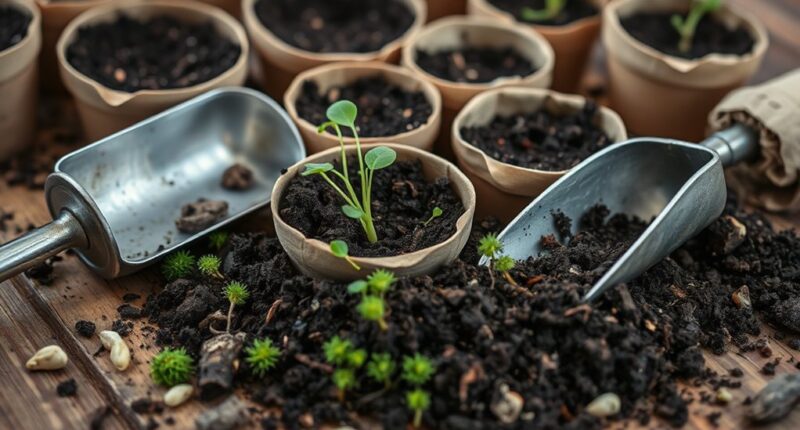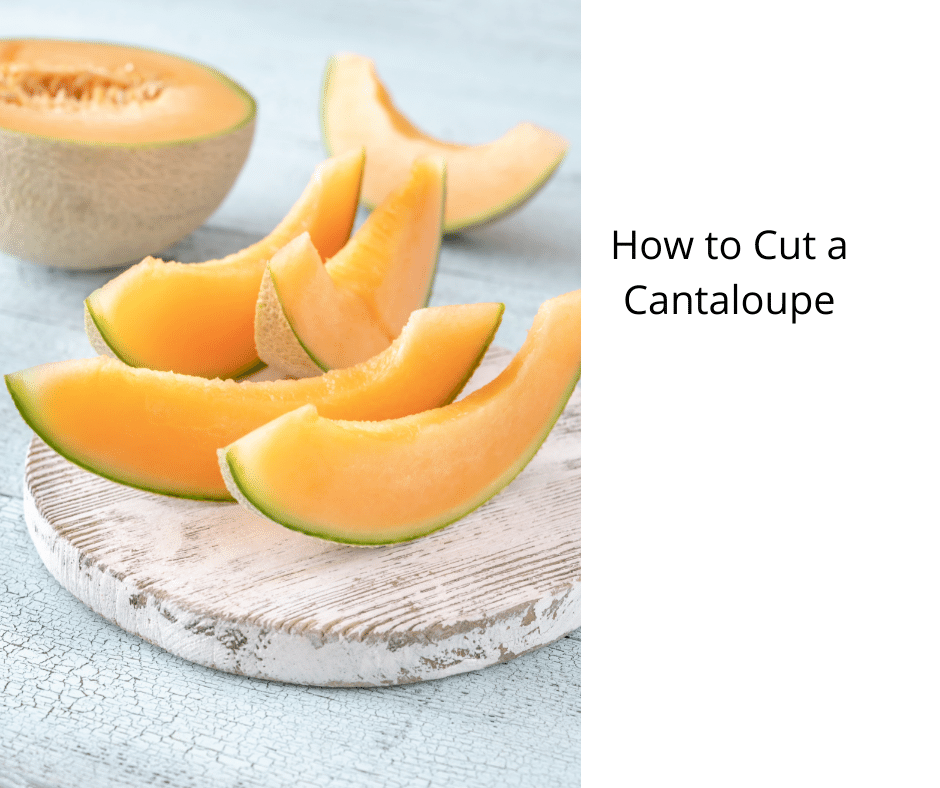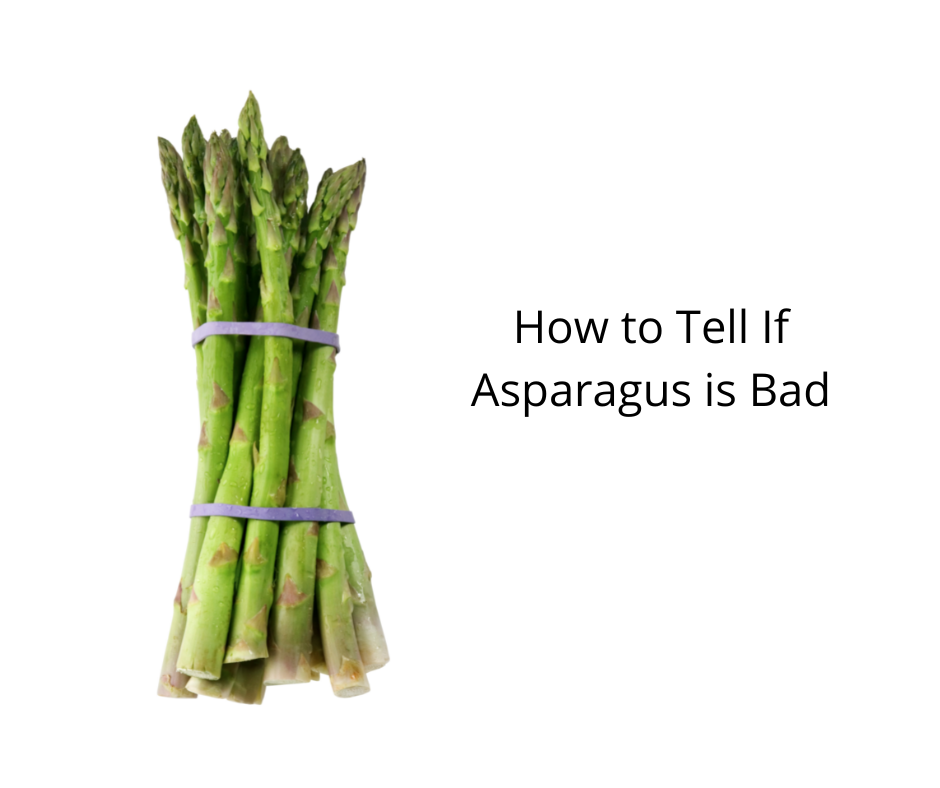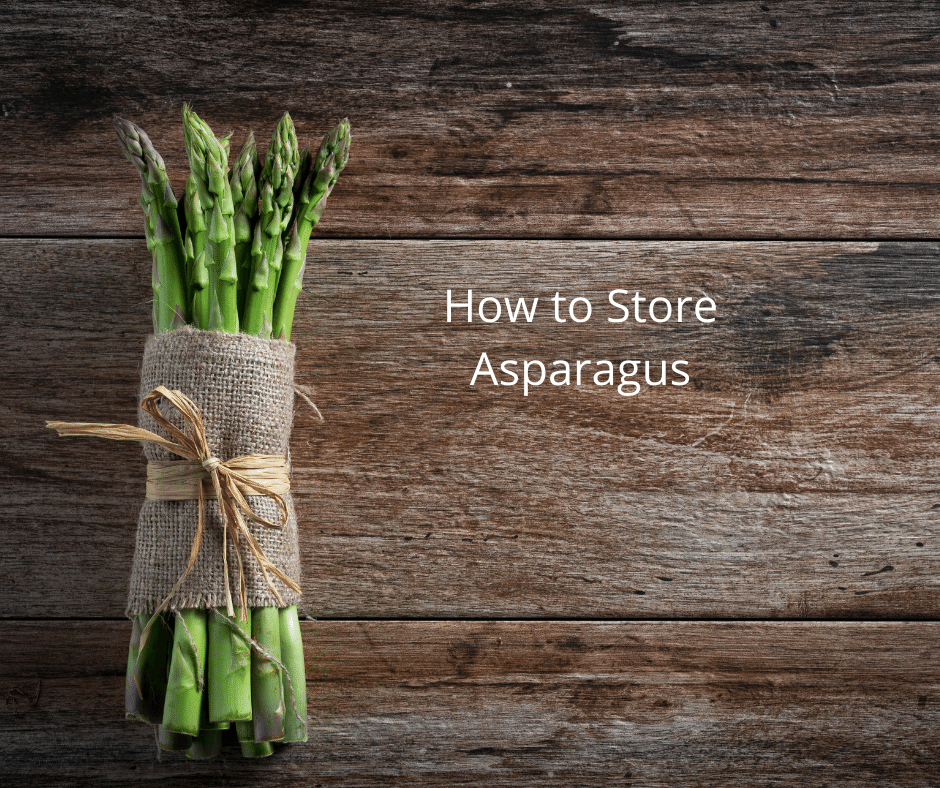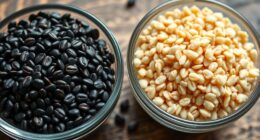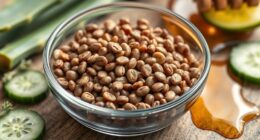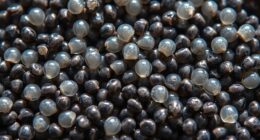To create the best DIY seedling potting mix, combine equal parts of peat moss or coconut coir, compost or worm castings, and perlite or vermiculite. Guarantee the mix is light, well-draining, and nutrient-rich to promote healthy root development. Use containers with drainage holes and water gently to keep moisture consistent without waterlogging. Proper soil, watering, and container choices set a strong foundation—keep exploring for more tips to optimize your seed-starting success.
Key Takeaways
- Use a mix of compost, peat moss, and vermiculite or perlite for optimal drainage and nutrient retention.
- Incorporate organic matter like aged compost or worm castings to boost soil fertility.
- Ensure the soil is lightweight and well-draining to prevent waterlogging and root rot.
- Maintain a slightly acidic to neutral pH (6.0-7.0) for most seedlings’ healthy growth.
- Avoid using garden soil alone; always blend with amendments to create a nutrient-rich, seed-starting suitable mix.
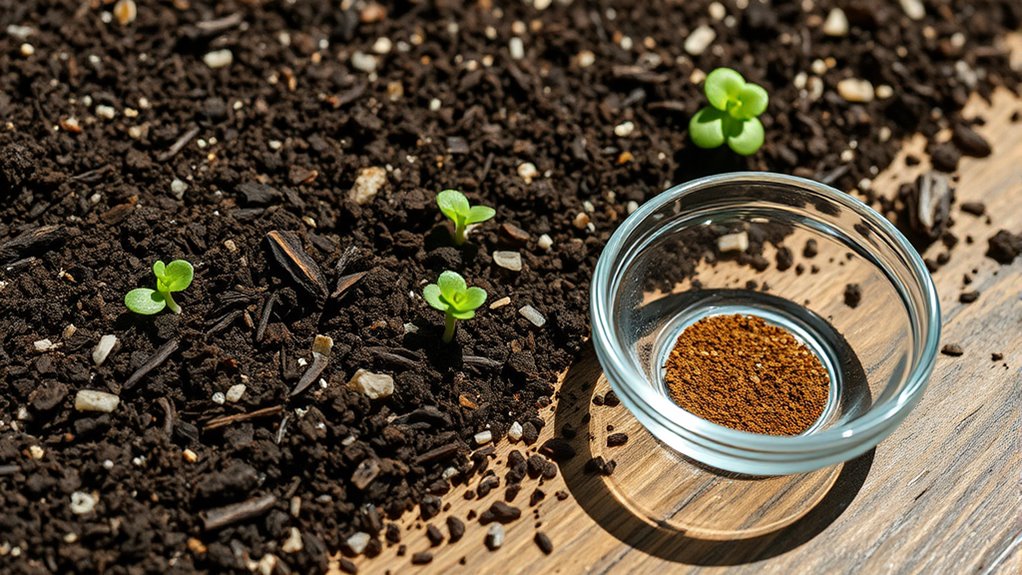
Starting your seedlings with a DIY potting mix is a simple way to guarantee healthy growth from the very beginning. When you create your own soil, you control its ingredients, ensuring your seedlings get the right nutrients without unnecessary chemicals. But to give your seedlings the best start, you also need to pay attention to watering techniques and container choices, which work hand-in-hand with your soil recipe to promote strong, healthy plants.
Start seedlings with homemade soil, proper watering, and suitable containers for healthy, vigorous growth.
First, consider your watering techniques. Seedlings need consistent moisture, but overwatering can lead to problems like root rot or fungal diseases. To avoid this, water gently and evenly, keeping the soil consistently moist but not waterlogged. Using a spray bottle or a watering can with a fine rose allows you to deliver a gentle, controlled flow of water that penetrates the soil without disturbing delicate roots. Additionally, watering from the bottom by placing containers in trays of water encourages seedlings to develop strong roots and prevents surface compaction. It’s essential to monitor moisture levels regularly—touch the soil surface or use a moisture meter to prevent drying out or becoming overly saturated.
Next, your choice of containers plays an indispensable role in seedling success. Opt for containers with drainage holes to prevent excess water from pooling at the bottom, which can drown roots and cause disease. Small pots or biodegradable seedling trays work well because they allow for easy transplanting later. When selecting containers, think about size; too large, and the soil may stay too moist, risking mold or root rot, while too small can restrict root growth prematurely. Consider lightweight, breathable options like peat pots or biodegradable containers, which decompose in the ground and reduce transplant shock. Using proper container selection also helps ensure adequate aeration and drainage, critical factors for healthy seedling development.
Combining your DIY potting mix with the right watering techniques and container choices creates an ideal environment for seedling development. A well-drained, nutrient-rich mix paired with gentle watering ensures your seedlings stay healthy and resilient. Remember, consistency is key—check moisture levels daily, especially during warmer weather or dry conditions. And choose containers that facilitate proper drainage and easy handling. By paying attention to these details, you set the foundation for vigorous seedlings that will thrive once transplanted into your garden or larger containers. Your effort in selecting the right soil, watering approach, and containers pays off with strong, healthy plants that grow vigorously and flourish.
Frequently Asked Questions
How Often Should I Water My Seedling Mix?
You should water your seedling mix when the soil moisture drops to the point of feeling dry on the surface. Typically, this means watering lightly every few days, but it depends on your environment’s humidity and temperature. Keep the soil evenly moist but not soggy, as overwatering can lead to root rot. Regularly check soil moisture levels to maintain healthy seedlings and promote strong growth.
Can I Reuse Seedling Soil for Multiple Plantings?
You can reuse seedling soil for multiple plantings, but soil longevity depends on how well you manage nutrient depletion. Over time, nutrients get used up, so your soil might lose its essential qualities. To extend its usability, refresh it with compost or slow-release fertilizers. Keep an eye on plant health; if growth stalls or leaves yellow, it’s time to start fresh or amend the soil to guarantee your seedlings thrive.
What Are Signs of Poor Soil Drainage?
Imagine your soil acts like a sponge—if water pools on top or takes forever to drain, it’s a sign of poor drainage. You’ll notice wilting plants despite watering or soggy, compacted soil. To fix this, add compost amendments and improve soil aeration, creating tiny tunnels for water to escape. Proper drainage guarantees roots breathe freely, preventing root rot and helping your seedlings thrive.
How Do I Sterilize Seedling Soil?
To sterilize seedling soil, you need to perform soil sterilization to eliminate pests and pathogens. You can do this by moistening the soil and then baking it in your oven at 180°F (82°C) for about 30 minutes, stirring occasionally. Alternatively, you can microwave small batches for 2-3 minutes. This seedling soil treatment helps create a clean environment, giving your seedlings the best start possible.
Is Organic Seed-Starting Mix Better Than Synthetic?
Imagine you’re living in the age of explorers—wouldn’t you prefer a tried-and-true map? That’s what organic seed-starting mix offers: organic benefits like better nutrient content and fewer chemicals, making it gentler for seedlings. In contrast, synthetic mixes often have synthetic drawbacks, including chemical buildup and less biological activity. So, choosing organic helps your plants grow healthier and more resilient, giving you a natural edge in the garden.
Conclusion
By crafting your own seedling potting mix, you’re planting the seeds of success, nurturing growth from the very start. Think of your soil as the silent conductor of your garden’s symphony—each ingredient playing a essential role in harmony. With a little effort and the right recipe, you’ll watch your seedlings flourish, turning dreams into vibrant reality. Remember, the foundation you build today is the future’s lush, green masterpiece waiting to unfold.
